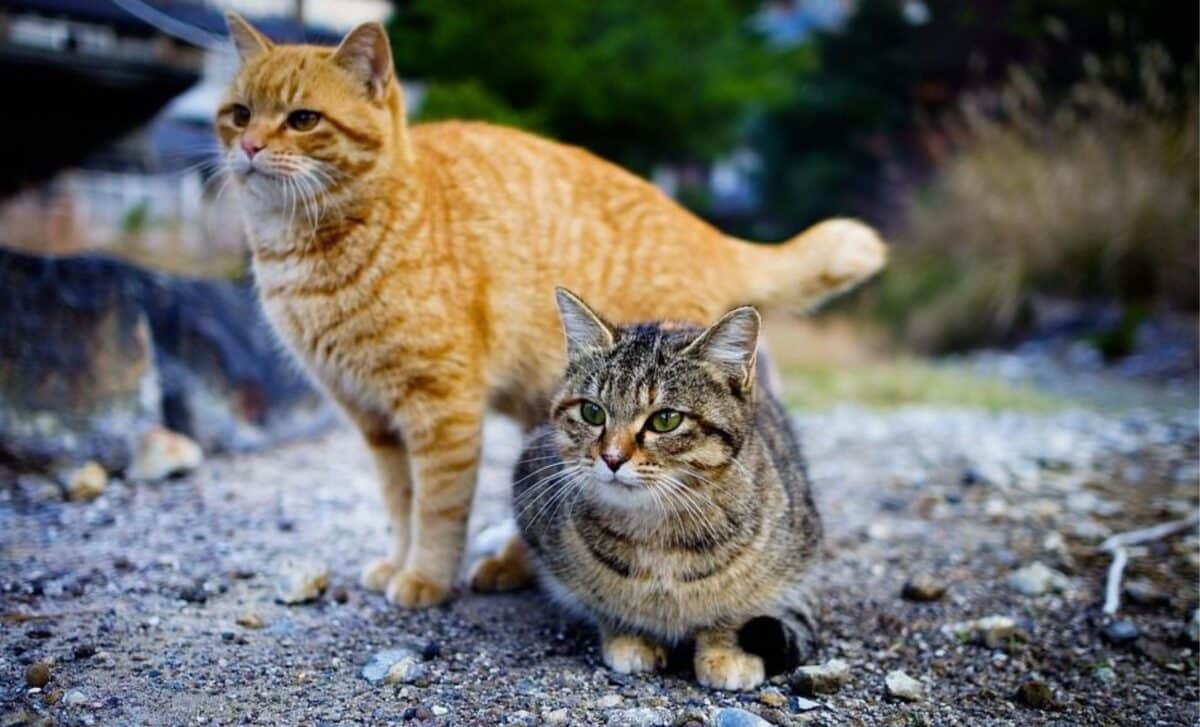Australia’s government-backed plan to eradicate thousands of feral cats in a bid to protect endangered native species has ignited a fierce debate, pitting conservationists against animal welfare advocates.
The program, which will be carried out across 180,000 hectares of south-west Queensland, aims to restore balance to local ecosystems—but critics argue the mass killing of cats is neither ethical nor the most effective solution.
A Battle to Save Native Wildlife
The Channel Country Threatened Species Partnership (CCTSP), a coalition of 12 organizations including conservation groups, pastoral companies, traditional custodians, and the Queensland Government, is leading the controversial initiative.
With $498,973 in government funding, the program is part of the Saving Native Species Program, targeting what authorities describe as one of Australia’s most devastating predators.
According to Ben Klaassen, Deputy Director-General of the Department of the Environment, Tourism, Science and Innovation, feral cats are a relentless threat to over 200 native species, including the greater bilby, night parrot, plains-wanderer, and kowari—all listed as endangered or critically endangered.
“Feral cats are relentless hunters that don’t recognize property boundaries,” Klaassen stated. “Innovative collaborative partnerships increase our chances of successfully managing such a damaging pest species.”
The Culling Plan: Humane or Cruel?
To control the feral cat population, the program will employ ground shootings, trapping, and thermal imaging technology to track and kill the animals across eight sites in the Channel Country.
Authorities insist that the methods are humane, but the culling of animals—particularly feral cats, which many people associate with domesticated pets—has reignited long-standing ethical concerns.
Leanne Kohler, CEO of Desert Channels Queensland, defended the initiative, stating, “This project is a chance to turn the tide.” But opponents question whether mass killings are the best way to protect biodiversity, pointing to non-lethal alternatives such as sterilization, habitat restoration, and targeted exclusion zones as more ethical and potentially more effective long-term solutions.
Growing Backlash and Calls for Alternatives
Despite the government’s insistence on the necessity of culling, animal welfare groups and some conservationists remain deeply divided on the issue.
Many argue that indiscriminate killing will not stop the problem, as feral cats have a high reproductive rate, meaning the population could quickly rebound.
The Australian Wildlife Society has been approached for comment, but animal rights advocates have already started voicing opposition, calling for investment in sterilization programs and research into alternative wildlife protection methods.
With the battle lines drawn between conservationists seeking to protect endangered species and those advocating for a more humane approach, the culling program has once again thrust
Australia’s complex relationship with invasive species management into the spotlight. Whether it will save native wildlife or fuel further controversy remains to be seen.









